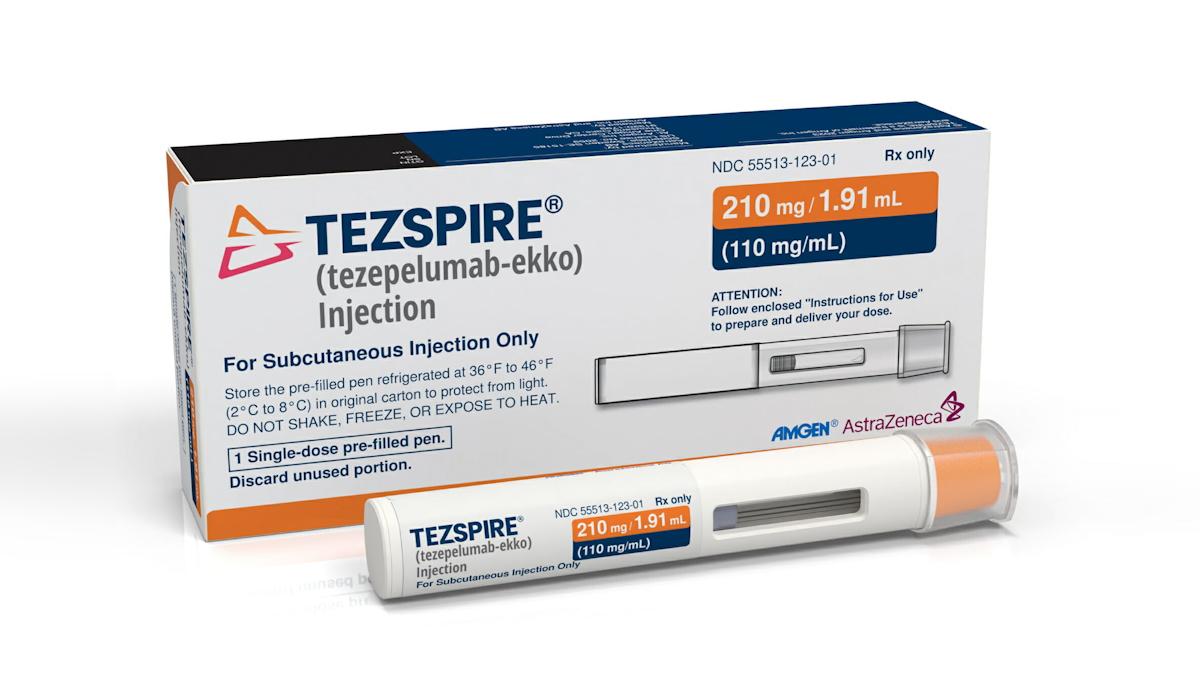Sanofi/Regeneron’s Dupixent shows more promise in nasal polyps

Sanofi and Regeneron’s attempts to make Dupixent into a blockbuster franchise have been boosted with more strong phase 3 results in patients with chronic rhinosinusitis with nasal polyps (CRSwNP).
In trial results for this indication announced late last year the drug met all of its primary and secondary endpoints, significantly reducing nasal polyp size, nasal congestion severity, and the need for systemic corticosteroids and/or surgery.
Now new results announced at the Annual Meeting of the American Academy of Allergy, Asthma & Immunology (AAAAI) in San Francisco show that the drug improved nasal polyp size, nasal congestion severity, chronic sinus disease, sense of smell and co-morbid asthma outcomes.
Dupixent also reduced the need for systemic corticosteroid use and the need for nasal/sinus surgery.
CRSwNP is a chronic disease of the upper airway predominantly driven by Type 2 inflammation and characterised by polyps that obstruct the sinuses and nasal passages.
The phase 3 SINUS-24 trial investigated 300 mg Dupixent every two weeks for 24 weeks added to nasal spray, while the SINUS-52 study had an additional 52-week arm.
The drug showed a 42% and 27% improvement in sinus opacification versus 4% and 0% with placebo in SINUS-24 and SINUS-52 respectively – and at 52 weeks in SINUS-52, a 37% improvement in sinus opacification was achieved with Dupixent versus 2% with placebo.
Patients experienced a 60% improvement in health-related quality of life versus 18% with placebo in SINUS-24, while in SINUS-52 there was a 51% improvement at 24 weeks and a 58% improvement at 52 weeks, again compared to 18% with placebo.
The drug also showed an improvement in sense of smell, one of the most troublesome and challenging-to-treat symptoms. Patients experienced a 146% and 108% improvement in ability to identify different smells versus 19% and 7% with placebo at 24 weeks in SINUS-24 and SINUS-52 respectively.
Dupixent is a monoclonal antibody designed to inhibit signaling of interleukin-4 and interleukin-13 (IL-4 and IL-13). The findings from these trials suggest that these proteins play a key role in Type 2 inflammation, which seems to underlie CRSwNP as well as several other allergic diseases.
The drug was was first approved by the FDA in atopic dermatitis in 2017, and in October last year scored a new indication in patients with an eosinophilic phenotype or with oral corticosteroid-dependent asthma.
Dupixent is a key part of Sanofi’s attempts to rebuild sales as its diabetes unit struggles amid cheaper biosimilar competition for its most commonly prescribed insulin, Lantus (insulin glargine).
These new indications and positive trial results have analysts predicting sales of several billion dollars a year for the drug.












